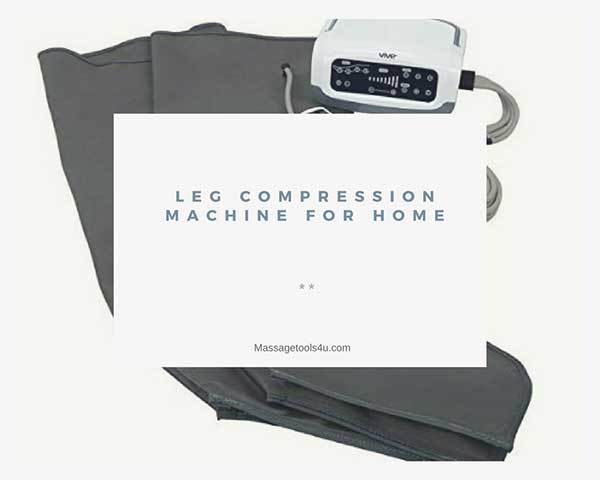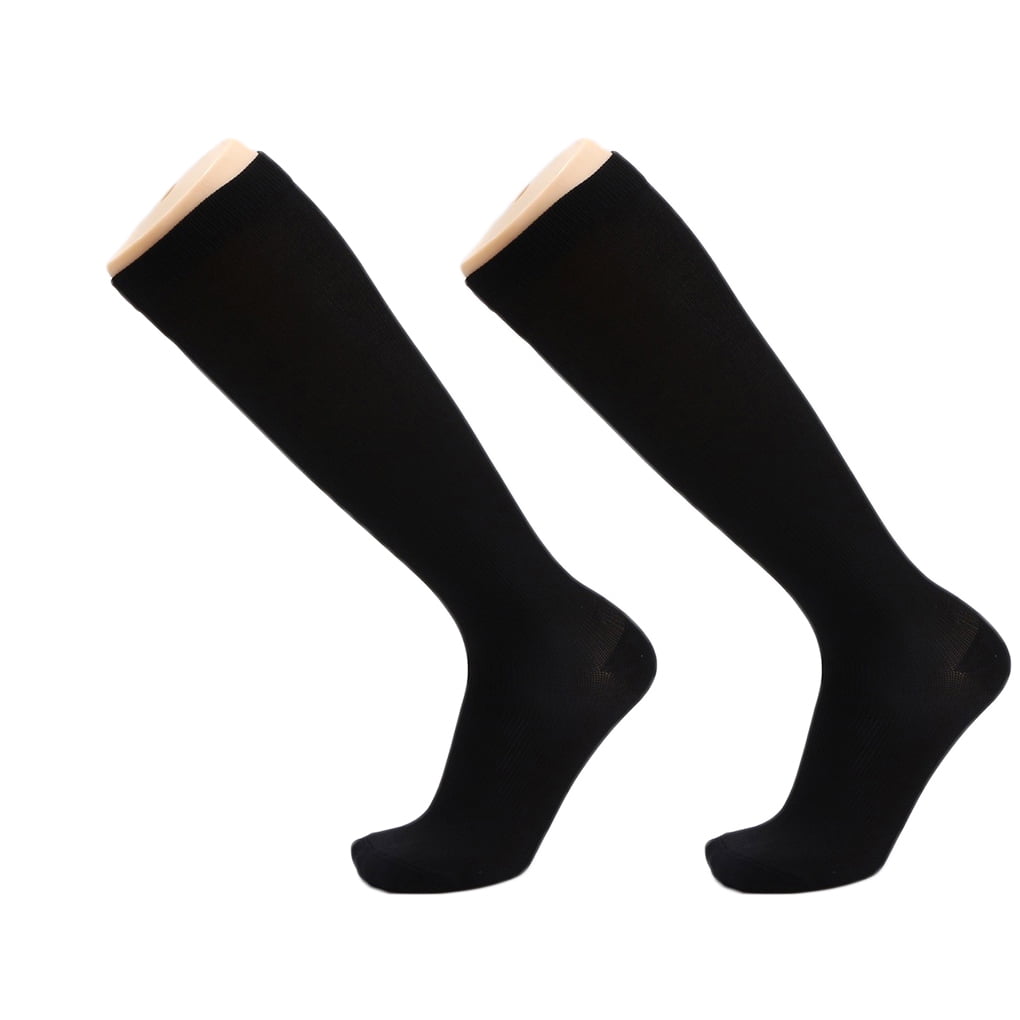

Sports compression differs from medical compression in numerous ways: greater elasticity, more technical fibres and various pressure levels and gradients.
Leg compression machine for swelling how to#
HOW TO USE SPORTS COMPRESSION EFFECTIVELY

Preventing the risk of injury, another powerful selling pointĪ study carried out on 1200 athletes showed a 29% reduction in the risk of injury when Compressport compression garments were worn during all physical activity. Muscle fatigue is delayed and performance is improved After physical activity, inflammatory processes are reduced (-52%), which indicates that compression plays a preventative role in the onset of muscle soreness. By reducing these vibrations, compression can limit muscle injuries (-42%) caused by repeated impact during prolonged physical activity, such as trail running or marathons. The effect (see schema on page 38) use of compression during running essentially rests on reducing muscle oscillations (-33%), which reflect the vibrations generated by impact with the ground. Muscle vibrations measured with and without Compressport R2 using accelerometers attached to the calf. Reducing vibrations a key selling point at Compressport while others appear to be much more relevant! However, this argument is still the subject of much debate. To encourage venous return: this is also the number 1 selling point put forward by numerous manufacturers to justify the use of their socks and sleeves during running. SPORTS COMPRESSION DURING PHYSICAL ACTIVITY Overall, the entire recovery process is improved with compression: aches and pains are reduced and subsequent performance is enhanced.Ģ.
Leg compression machine for swelling full#

The competitive format of numerous disciplines (swimming and cycling, for example) means repeating short bursts of intense activity in a relatively short space of time. SHORT AND INTENSE EXERCISE ( UP TO ONE HOUR ) Signs of discomfort are also significantly reduced when compression clothes are worn while travelling (by plane, train or car) and in hot weather. The result? Swollen legs and aches and pains = heavy leg syndrome.īy preventing any kind of swelling, compression is used before physical activity to give athletes the sensation of light legs and help them perform better. Preparations, journeys and trips stop athletes in their tracks and render them immobile. The feeling of “light legs” at the start of physical activity! Taking part in a major competition often means travelling away from home. muscular “pumping” action helps to return venous blood towards the heart. The “tube of toothpaste” effect: the calf. These effects have led to the emergence of compression in the sports world. This improves venous return and reduces swelling. Pressure applied around the legs reduces the diameter of the veins – just like squeezing a tube of toothpaste. The solution may rest on the use of compression.

In the event of a failure or if the calf doesn’t fully contract, the blood tends to stagnate in the legs, causing swelling and discomfort. Blood fills the veins and when the calf muscle contracts, it is sent towards the heart. With each step, a small amount of blood is propelled from the foot up towards the calf. The veins and the body’s pumping mechanism contribute to returning the blood to the heart. Gravity causes blood to accumulate in the legs. Its use rests on improving venous return. SPORTS COMPRESSION IS USED AT REST: BEFORE AND AFTER PHYSICAL ACTIVITY


 0 kommentar(er)
0 kommentar(er)
